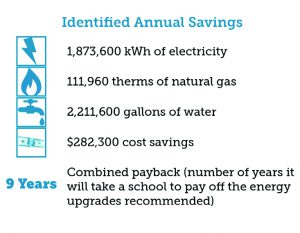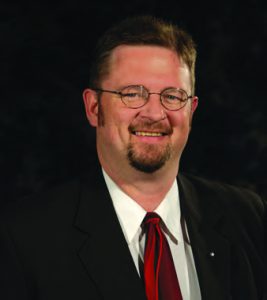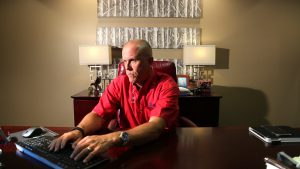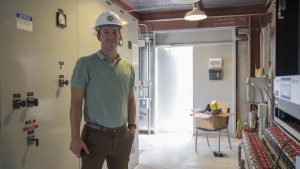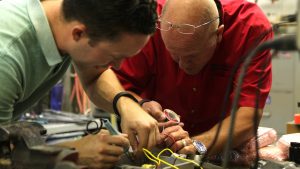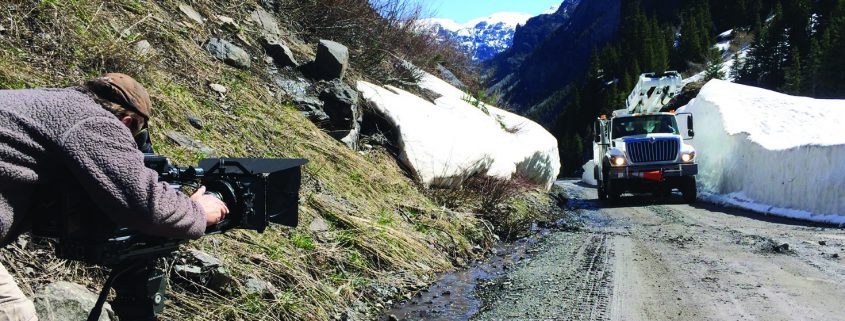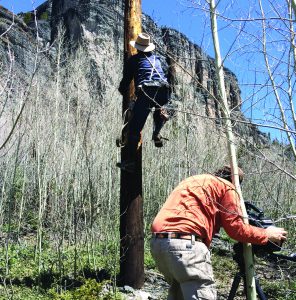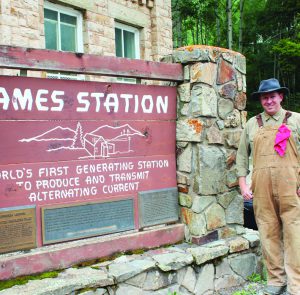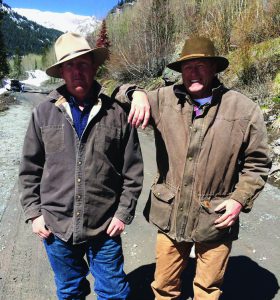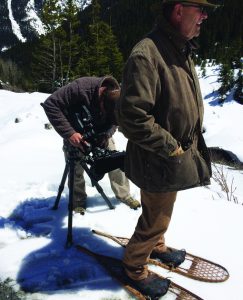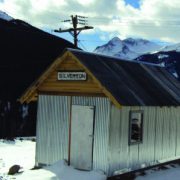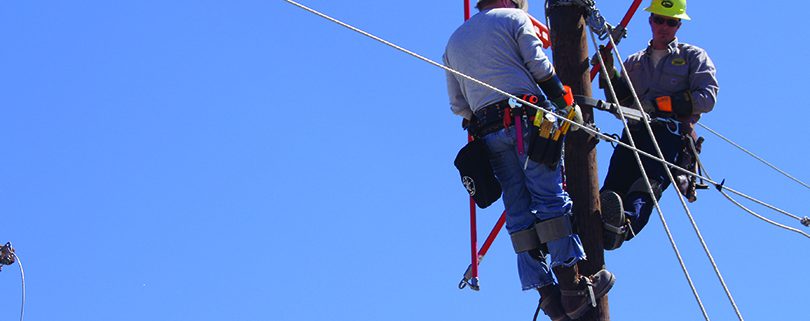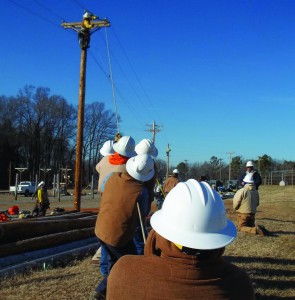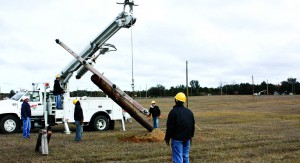Batteries are Changing How You Receive Electricity
By Paul Wesslund
Batteries will soon be part of a huge change in how you will receive electricity from your electric cooperative.
Utilities are currently running into electricity supply challenges, and batteries are stepping up with solutions. Here’s what electric utilities are currently facing:
• High-tech equipment can fail during a power interruption of even a few milliseconds.
• Interest in renewable energy is increasing, but solar power won’t work when the sun doesn’t shine and wind turbines won’t spin when the wind doesn’t blow.
• Consumers want electric service to be restored more effectively after outages. Even if a storm leaves a large number of homes and businesses without power for several days, consumers want plans in place to quickly restore power to essential services, like gas stations and pharmacies.
A solution for these dilemmas lies in the emerging technology of battery storage, which could provide additional power when the demand for electricity is high. Currently, these large batteries are extremely expensive.
But the demand for better smartphones, laptop computers and electric cars fueled a frantic race for batteries that are lighter, smaller, longer lasting and less expensive. These demands are being met through research into technical improvements and by the economics of mass production.
The lithium-ion battery breakthrough
What’s behind all these developments is the 40-year-old lithium-ion battery technology, named for the lightweight metal lithium it’s made of, and ions, which are pieces of atoms that move back and forth inside the battery to produce and store electricity.
“One of the breakthroughs has been the adoption of the lithium-ion battery for vehicles as well as consumer products,” says Andrew Cotter, a program manager for the National Rural Electric Cooperative Association’s business and technology strategies group. “A lot more lithium-ion batteries are being produced so there are a lot of companies able to package them much more cheaply. And that has spurred more companies to start investigating and investing in research.”
According to a 2016 report titled “Welcome to the Lithium Age” from Germany-based international financing giant Deutsche Bank, “Lithium-ion battery costs are falling rapidly as global battery producers expand manufacturing facilities, unlocking economies of scale.”
The next step for the battery industry, says Tom Lovas, a technical liaison and consultant with NRECA, is scaling up for applications in the electric utility industry.
Working through the hype curve
Right now only a handful of utilities are making significant use of batteries, but one industry research group predicts that number will grow eight times by 2020, for a market value of $2.5 billion. That kind of potential leads to some bold claims as battery companies compete for their share.
“There’s a lot of hype out there,” Lovas says, as marketers tout batteries as the linchpin of putting together the smart grid to modernize the flow of electricity.
“The technology is available, people are interested but no one knows the flaws yet,” Cotter says. “As utilities gain experience using batteries in routine operations, they will learn the imperfections and start figuring out what are the most conventional uses. Vendors, in turn, will start developing batteries for those specific applications.”
For example, one of the most likely of those applications will be to resolve the problem of intermittent power flows created by renewable energy. Since solar and wind power can be generated during times when people don’t need it, batteries could store the excess energy for future use. While beneficial in theory, in practice it is not clear whether there is a broad economic case for this. Each utility will have unique factors that will play into this decision.
Another use of batteries could be to smooth out power fluctuations from renewable energy. Solar and wind energy can come from a variety sources: independent vendors and even homeowners selling power back to the utility from their relatively small sets of solar panels or wind turbines in ways that are hard for the utility to predict. The result can affect the quality of power and even damage equipment as transmission and distribution lines are used in ways they weren’t designed for. But again, the economics of such an application are unique to each utility.
In time, utilities will become familiar with the best uses of the technology. Storage applications will become commonplace, and vendors will sell optimized products for them. Until then, NRECA’s business technology and strategies group is using cases that provide methodologies for a storage assessment.
Like all things in the energy industry, it is not all economics. Some state governments are getting into the act, passing laws requiring utilities to use batteries in their operations to encourage renewable energy and provide immediate power to essential businesses after storm outages.
This new utility world holds great promise and could start taking shape in as soon as one to three years, Cotter says. But first, he says, the utility battery industry needs to mature and show the effectiveness of the products.
Paul Wesslund writes on cooperative issues for the National Rural Electric Cooperative Association.



